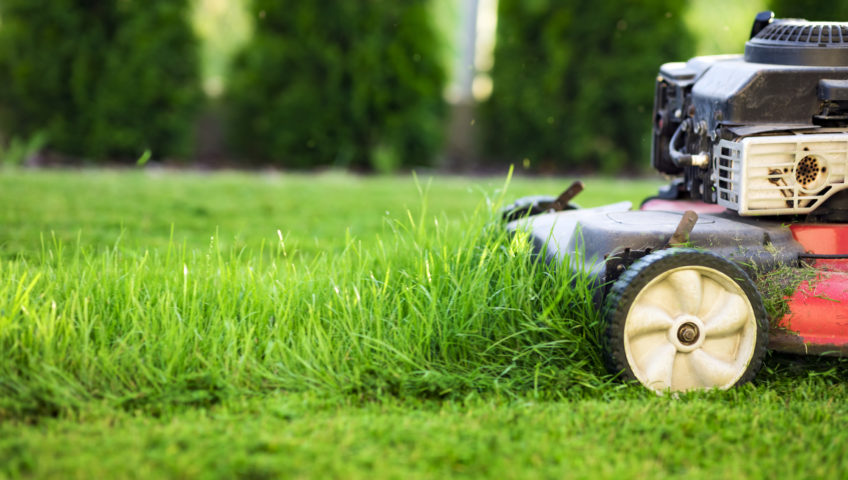Extend The Life Of Your Lawn Mower

Whatever kind of lawn mower you have, proper maintenance should help keep it going a decade or more. Consumer Reports, working to improve the lives of consumers by driving marketplace change, offers the most common ways to have your machine humming. Gasoline degrades and gums up over time. Ethanol in the gas can compound the problem by degrading rubber and plastic parts and coating linkages. For starters, make sure to:
- Add stabilizer, particularly one designed for ethanol, to gas before fueling.
- Siphon extra fuel out of a walk mower, and run it dry at the end of the season.
- For a tractor or rider, either run it dry or top off the gas tank so that there’s no room for condensation — but be sure to add stabilizer to gas first.
Now that we have the basics out of the way, tips to extend your lawn mower can include:
Changing The Oil
Using sufficient, clean oil is what keeps your mower or tractor engine from overheating and failing prematurely, Consumer Reports notes. For all lawn gear, consult your manual for how often to change the oil and what grade to use. With a walk mower, change oil when the fuel tank is empty to help prevent gas spills.
To change oil: Position an automotive-style drain pan beside the mower on the side of the dipstick cap. Remove the cap and tip the mower over the pan to drain the oil. Refill.
For a tractor or rider, the manual gives the oil-change schedule by the number of hours it’s in use, which the machine’s hour meter will provide. Most riding mowers have an easy-access drain plug. Drain the oil and replace the oil filter. Refill to the “full” mark.
Mind The Deck
Built-up clippings in your mower or tractor deck will obstruct airflow, leading to uneven cutting and corrosion. Dull blades make the machine rip, not slice, the grass. Many walk and riding mowers have a washout port for a hose; use it after every mowing, and let it dry before stowing. If you have to wash out a riding mower manually, drive the front of the tractor onto a set of automotive ramps to elevate it for easier access. A good tip to remember is If you’ve neglected the washouts, scrape clumps off with a plastic putty knife. Make sure to sharpen the blade three times per year. For a walk mower, having a spare lets you replace a dull blade with a sharpened one at the same time. To avoid injury when removing the blade, wear heavy leather gloves, remove the spark plug wire and jam in a short two-by-four to keep the blade from turning.
Keep Up Contacts
A spark plug needs changing about every 100 hours of operation; otherwise, engine startup and overall performance will be affected. Even electric mowers need attention to maximize battery life. With the mower off, remove the spark plug cap and use a socket wrench with a spark plug socket to remove the old plug. Take it to an auto parts store or outdoor gear dealer and get a new one. If you have an electric mower, Consumer Reports recommends periodically charging the battery throughout the winter. Otherwise, its ability to fully recharge will diminish gradually before failing altogether — sooner than you expected. Mowers should be brought indoors over the winter. For lawn tractors or riders, keep your battery fully charged, or at least periodically recharge it when it’s not in use. Even if you have to store the tractor outdoors, buy a trickle charger for this type of machine and keep just the battery indoors.
Don’t Forget About Filters
You’ll also need to replace your air filters to protect the engine. In addition to the oil filter, riding mowers have fuel filters. On most walk mowers, the air filter is paper and can be removed in seconds. Not sure which to get? Take the old one to your dealer. On riding mowers, if the air filter is paper, replace it. If it’s foam, wash it in soap and water. Rinse and squeeze dry.
For more helpful tips for your lawn and lawn tools, follow The Green Machine, serving the greater Northern Pennsylvania area for over 40 years
Get A Free Estimate
© 2023 Green Machine Lawn Care. All rights reserved.
ADDRESS
20 Harris Street
Kingston, PA 18704
Tel: 800-559-3090
HOURS
M-F: 9AM-5PM
SAT: Closed
SUN: Closed


